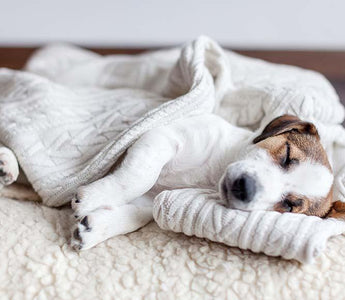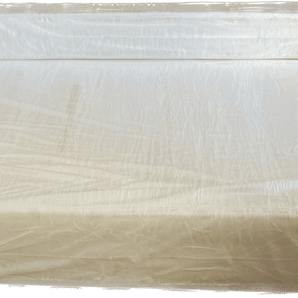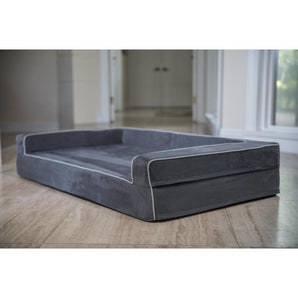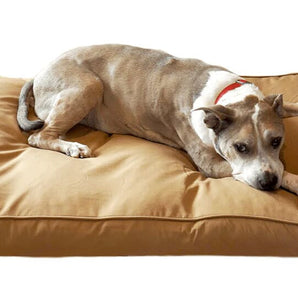All dogs are amazing but not all dogs are built for the cold weather. Depending on the breed of your dog, you might have noticed that your dog does not react very well to cold weather. We have compiled a list containing helpful tips you can use for keeping dogs warm outside. We have also identified in this article the particular dogs that are able to deal with colder temperatures. This is very helpful if you live in a cold region and you are looking to buy a dog.
Irrespective of this, dogs should not be exposed to cold weather for an extended period of time. That being said, here are a few dog breeds that are better suited to the cold weather:
- Labrador Retriever
- Siberian Husky
- Bernese Mountain Dog
- Collie
- Newfoundland
- Saint Bernard
- Alaskan Mamalute.
Dogs that have shorter or tighter hair would be averse to cold weather. Examples of dogs that fit this category are: Bulldog, Boxer, Great Dane, Chihuahua, Boston Terrier, Yorkshire Terrier etc.
How to Keep Dog Warm in Winter?
For the most part, your dog would definitely survive in a cool atmosphere. Cold weather within this article begins when the temperature hits or drops below 20oF. Once the weather drops below this temperature, you should begin to practice these tips to prevent your dog from developing hypothermia or any other condition.
Like human beings, dogs also show symptoms when the cold begins to hit their system. Some of these symptoms include but aren’t limited to: lethargy, congested or/and runny nose, low fever, watery eyes, loss of appetite, sneezing, whining, anxious behavior, displaying weakness and shivering. Once you notice any of these, you should immediately bring your dog inside the house or place them in their kennel. To answer the question, how do dogs stay warm, typically they do so by temporarily reducing their metabolic rate. By doing this, they are reducing their body temperature which reduces the difference between their air temperature and body temperature which could reduce the heat lost from their body.
Ways to Keep Dogs Warm Outside
These are some tips and tricks we picked up and now recommend to you to keep your dog warm during the winter season. These are not the only steps you can take to keep your dog warm but these are the methods tested by us.
- Buy an insulated kennel:
This is the easiest way to keep your dog warm. By buying a kennel that is already insulated, all you need to do is keep your dog within its home and you can rest easy knowing they are safe. If you do not know where to pick up an insulated kennel, you could simply insulate its existing kennel making it impervious to cold!
- Know when it is too cold:
When you realize the weather is dropping rapidly. It is time to begin to practice some of these tips. For dogs with shorter hair, 32oF is the temperature where they begin to react to the cold while dogs with longer hair could still be left outside till 20oF. It is important to never let your dog outside during these extremely cold seasons because it could cause severe health complications for your pet.
- Protect your dog’s paws when you are outside:
Your dog might be able to square up to that strange visitor at your house, but the soft parts of its paw is very sensitive. What this means is that a prolonged exposure to extreme cold could sink into its paws causing illness. The chemicals that have also been poured on the sidewalk to prevent the snow from solidifying is also a challenge to the health of your pet as these chemicals could cause a chemical reaction and irritate the skin of your pet.
- Do not let your dog sleep outside:
Having a dog kennel is one thing but allowing your dog spend the night on the porch or on the back patio in freezing conditions is very dangerous to their health. A better thing to do would be to place their kennels within your home so they can keep warm there.
- Keep them away from drafty areas:
Another way to keep dog warm is to ensure their sleeping position is away from areas that are prone to cold air. Cold air is not good for you, neither is it good for your dog.
- Use extra bedding for another layer of warmth:
If you make up your dog’s bedding with straw, use extra quantity so your dog has access to more insulation. If you use blankets, try using more than usual to give that extra layer of comfort for your dog to curl up in. This is a great way for keeping dogs warm outside and remember, the goal is to make your dog as warm and as comfortable as possible.
- Buy a heater or a heat lamp:
You can buy heaters in just about any store these days. But with your pet that probably moves around a lot, you should buy one that will be safe to keep around. Heat lamps are okay to buy but ensure they will not fall on the floor. You can buy a heat pad as well to keep under your dog so they can feel a heat source closer by. It is safer than buying a heater or a heat lamp especially without any insulation in the kennel.
- For now, take your dog off the ground:
If your dog’s kennel is outside, another way for keeping dogs warm outside is by raising their kennel by a few inches. By placing the kennel on the floor during these extreme cold weather conditions, you are standing the risk of the ground extracting the heat from the dog and making the kennel even colder. Raising the kennel up by a few inches could also help prevent moisture from forming between the dirt and the kennel.
- Don’t skim on the food:
The weather has dipped and your dog will need to eat more in order to generate more heat. Ensure your dog doesn’t starve or lack food in this period. A good idea would be to increase their quantity of food in this period.
Finally, there are several misconceptions about how to take care of your dog’s hair during the winter. However, there are a few standard practices worth noting. Your pet needs a clean coat in order to remain properly insulated. If you give your dog a bath during this cold season, ensure they dry off completely before they are allowed to go outside. And for dogs with long hair, do everything possible from keeping their fur wet and matted. When it gets this way, your dog Is at a higher risk of hypothermia.





